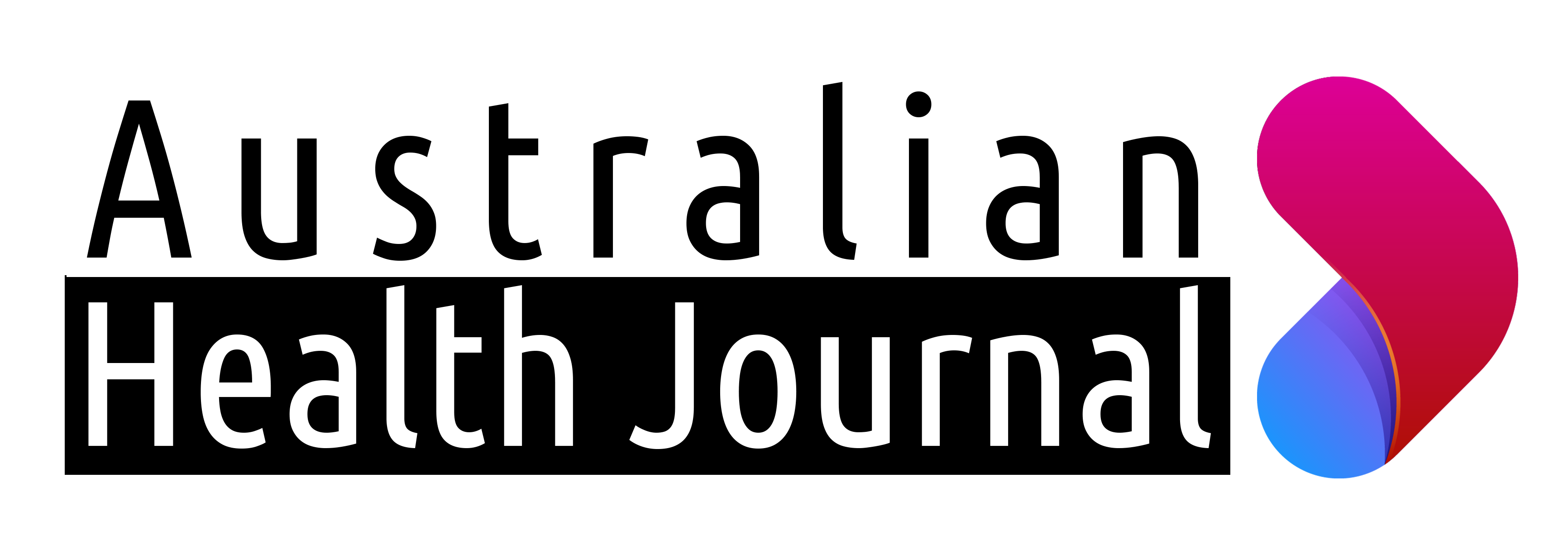For over a century, researchers have thought that the patterns of brain activity that define our experiences, hopes and dreams are determined by how different brain regions communicate with each other through a complex web of trillions of cellular connections.
Now, a Monash University Turner Institute for Brain and Mental Health-led study has examined more than 10,000 different maps of human brain activity and found that the overall shape of a person’s brain exerts a far greater influence on how we think, feel and behave than its intricate neuronal connectivity.
Lead author and Research Fellow Dr James Pang, from the Turner Institute and Monash University’s School of Psychological Sciences, spoke to Australian Health Journal and said the findings were significant because they greatly simplified the way that we can study how the brain functions, develops and ages.
The research team used magnetic resonance imaging (MRI) to study eigenmodes, which are the natural patterns of vibration or excitation in a system, where different parts of the system are all excited at the same frequency. Eigenmodes are normally used to study physical systems in areas such as physics and engineering and have only recently been adapted to study the brain.
This work focused on developing the best way to efficiently construct the eigenmodes of the brain.
“Just as the resonant frequencies of a violin string are determined by its length, density and tension, the eigenmodes of the brain are determined by its structural––physical, geometric and anatomical––properties, but which specific properties are most important has remained a mystery,” said co-lead author, Dr Kevin Aquino, of BrainKey and The University of Sydney.
The team, led by the Turner Institute and School of Psychological Sciences ARC Laureate Fellow, Professor Alex Fornito, compared how well eigenmodes obtained from models of the shape of the brain could account for different patterns of activity when compared to eigenmodes obtained from models of brain connectivity.
“We found that eigenmodes defined by brain geometry––its contours and curvature––represented the strongest anatomical constraint on brain function, much like the shape of a drum influences the sounds that it can make,” said Professor Fornito.
“Using mathematical models, we confirmed theoretical predictions that the close link between geometry and function is driven by wave-like activity propagating throughout the brain, just as the shape of a pond influences the wave ripples that are formed by a falling pebble,” he said.
“These findings raise the possibility of predicting the function of the brain directly from its shape, opening new avenues for exploring how the brain contributes to individual differences in behaviour and risk for psychiatric and neurological diseases.”
Original published June 2023 Turner Institute Newsletter / Monash University
You Might also like
-
Digital Health Frail, Homebound and Bedridden Population Medical Technology Association of Australia New Content Nursing Seniors and Aged Care
Smart diaper wins Kerrin Rennie technology award
In October 2022, Smartz won the Kerrin Rennie Award for Excellence in Medical Technology – Improving Quality of Life. The award was established to recognise and profile the innovative and extraordinary contribution of medical technology in improving health outcomes of Australian patients.
Smartz monitors patient wellness including 2 significant issues affecting the elderly in residential aged care facilities; incontinence and pressure injuries.
-
Primary care remodelled
Tracey Johnson is the CEO of Inala Primary Care, a not-for-profit general practice located in Inala serving approximately 7000 patients; 4400 of whom attend clinic regularly. Inala is a suburb of Brisbane, Queensland and has a population of great cultural and linguistic diversity, with just under 40% of residents speaking English at home. It is also one of Queensland’s most socioeconomically marginalised urban areas.
Australian Health Journal spoke with Tracey on the role of Inala Primary care in reducing hospital admissions.
-
Handling modern day diets and misinformation as a HCP
Laureate Professor Clare Collins AO in Nutrition and Dietetics at the University of Newcastle, emphasises the need for accurate and reliable nutrition information to reach the public. Prof Collins believes that it is vital for clinicians to stay up-to-date with cutting-edge nutrition science and work with communication organisations to disseminate information to the general public. This is particularly important as social media is full of both reliable and unreliable information on dietary patterns, such as veganism.



